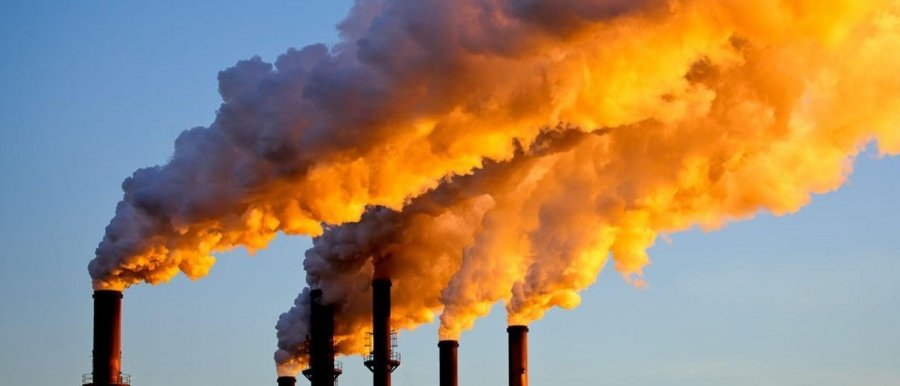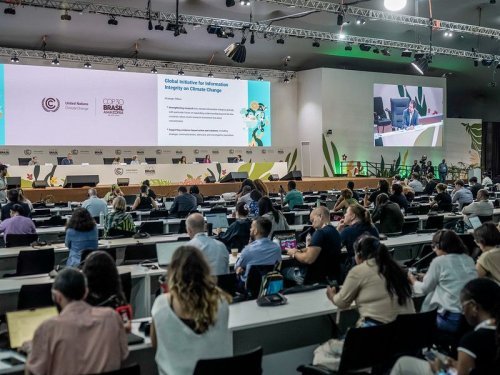To achieve the 1.5°C global temperature limit, 170 billion tons of carbon emissions remain to be produced. At the current rate, humanity will reach this limit in four years.
This is according to data from the Global Carbon Budget report.
Efforts are insufficient
Decarbonization of industry has made good progress. The share of renewable energy is growing at a tremendous rate. However, this is still not enough to stop climate change on a global scale.
Despite all efforts, carbon emissions from fossil fuel use will increase by 1.1% this year, which is a sad record. In terms of the major geopolitical players, this increase will be 1.9% for the US, 1.4% for India, and 0.4% for China and the EU. However, Japan will show a significant decrease, with CO2 emissions falling by 2.2%.
A vicious circle
Increased greenhouse gas emissions reduce the effectiveness of natural carbon absorption. The weakening of this property of marine and terrestrial biomes has led to an 8% increase in atmospheric carbon concentrations since 1960.
The combination of deforestation and climate change has turned the tropical forests of South America and Southeast Asia into sources of carbon rather than sinks.
"Progress is still too fragile to translate into the sustained reduction in global emissions needed to combat climate change. The new implications of climate change for carbon sinks are worrying and further emphasize the need for urgent action," said Corinne Le Quévéré, a professor and climate change researcher at the University of East Anglia.
Progress is being made
Consistent environmental policies by countries are yielding results. Thirty-five countries have reduced their emissions, twice as many as ten years ago. This is despite the fact that climate measures have not harmed their economies—on the contrary, they have grown.
"Countries need to improve their performance. We now have strong evidence that clean technologies help reduce emissions while being economically efficient compared to fossil fuel alternatives," says Glen Peters, senior research scientist at the CICERO Center for International Climate Research.
The impact of deforestation
The reduction in forest area has a consistently negative impact on global carbon emissions. We are talking about approximately 4 billion tons between 2015 and 2024.
However, there is also some encouraging news: forest restoration and reforestation are already offsetting about half of the damage caused by deforestation.
EcoPolitic reported that a UN report confirms that global climate policy has failed. Warming of 1.5°C can be expected within ten years, while climate change is killing one person every minute.





